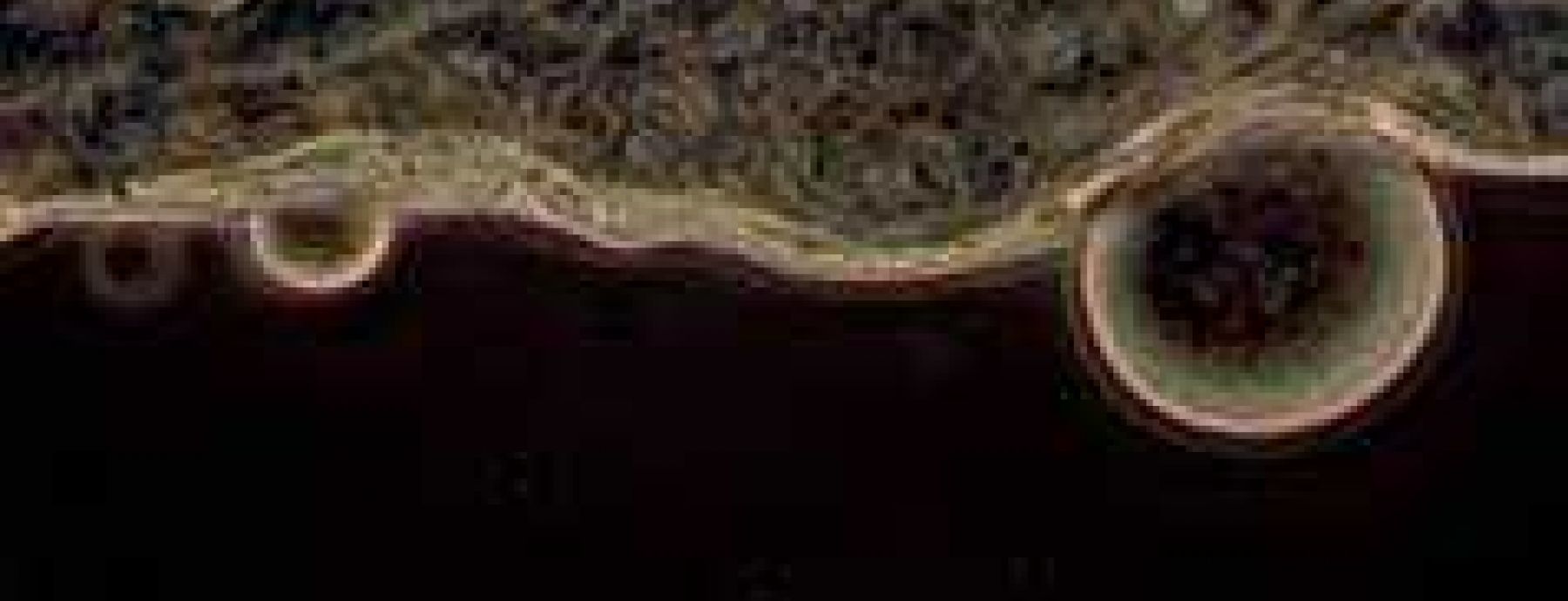Recent work by CIDD researchers Courtney Murdock, Matt Thomas and colleagues has explored how mosquito immune defenses against the malaria parasite may change according to temperature. Murdock et al focused on one component of the immune system, a nitric oxide synthase gene that influences downstream nitric oxide production from an amino acid, L-arginine. Nitric oxide is created and secreted within the mosquito after an immune challenge and is toxic to parasites, including malaria. Researchers supplemented Anopheles stephensi mosquito diets with L-arginine to experimentally increase nitric oxide levels, thereby artificially boosting the mosquitoes’ immune response. They then infected mosquitoes with the rodent malaria, Plasmodium yoelli, and exposed treatment groups to different temperatures.
Results showed varying temperature dependent effects on malaria parasites. At mid-range temperatures, L-arginine decreased malaria parasite intensity at all developmental stages. This suggests that parasite infection was affected by boosted mosquito immunity. At the extreme low and high temperatures, malaria parasites were negatively affected regardless of L-arginine supplementation. The authors suggest that this result could be due to detrimental effects of temperature on the parasite alone, or due to other immune mechanisms that might be differentially boosted at these low and high temperatures. The results, published earlier this year in the Journal of Insect Physiology, provide evidence that mosquito susceptibility to malaria is not solely dependent on mosquito immunity, but is the result of a complex association between the mosquito, parasite, and the environment.
Written By: Murdock CC, Blanford S, Luckhart S, & Thomas MB
Paper Url: http://www.sciencedirect.com/science/article/pii/S002219101400095X
Journal: 67: 37-44
Journal Reference: 67: 37-44
Paper Id: 10.1016/j.jinsphys.2014.05.020
